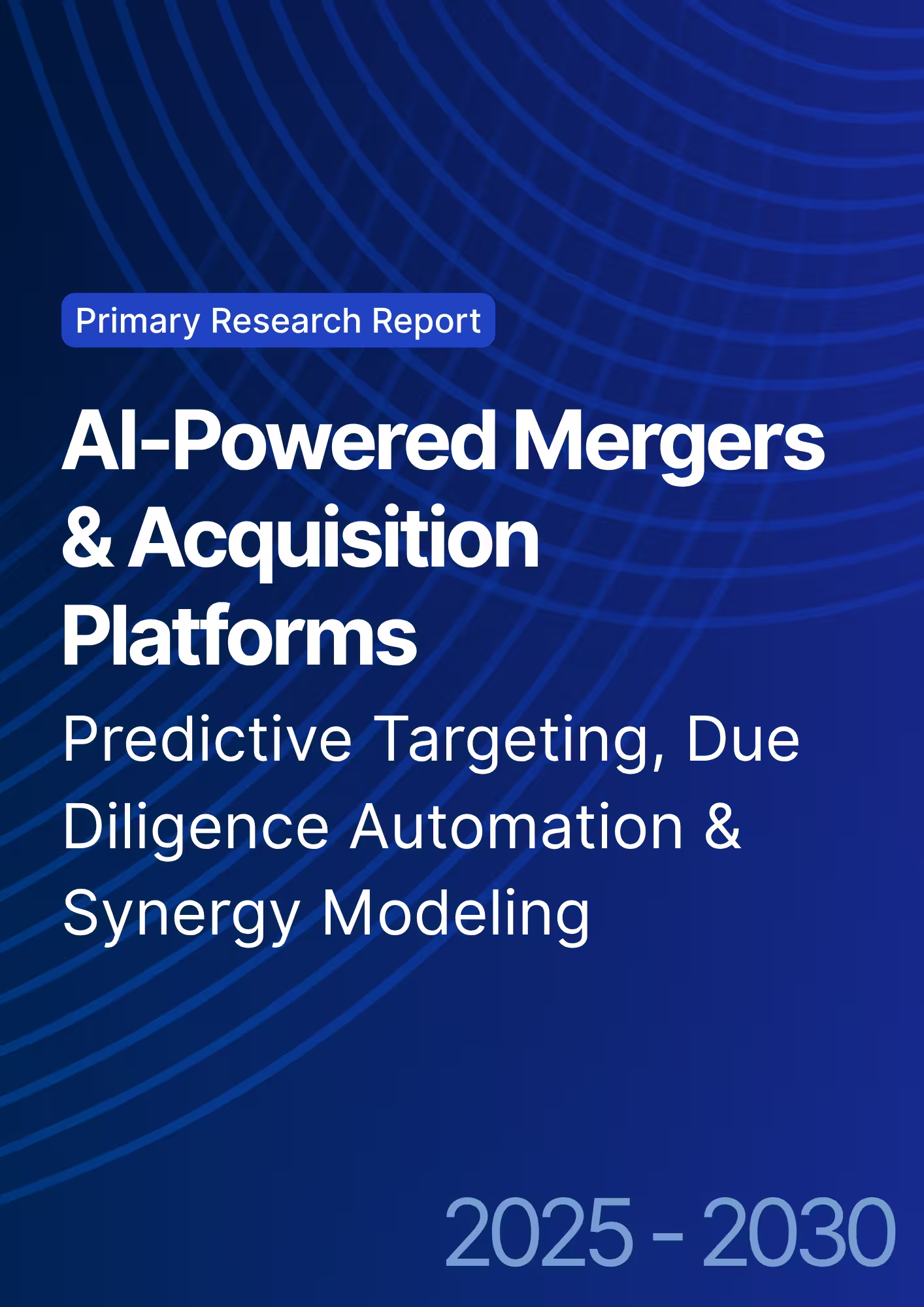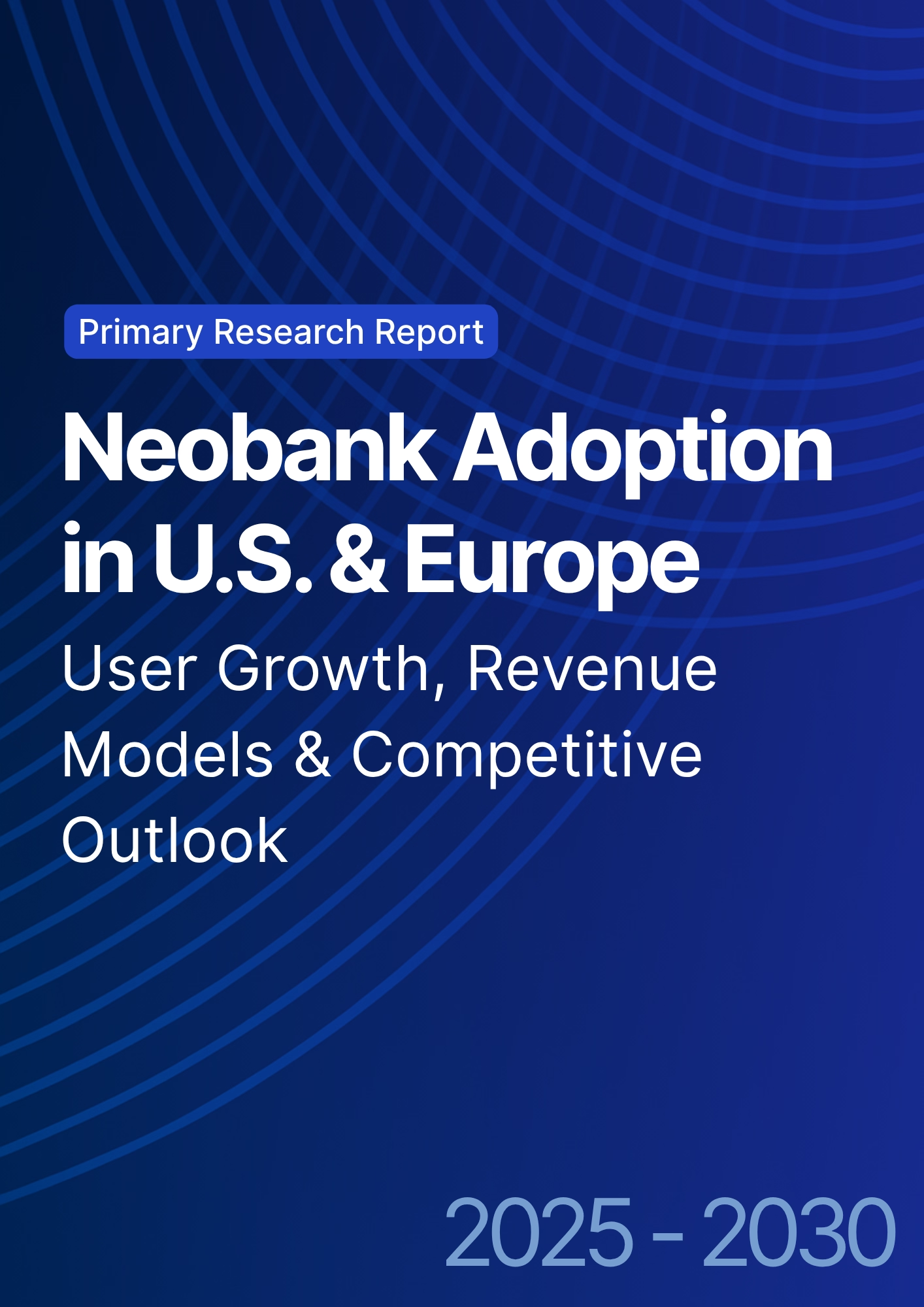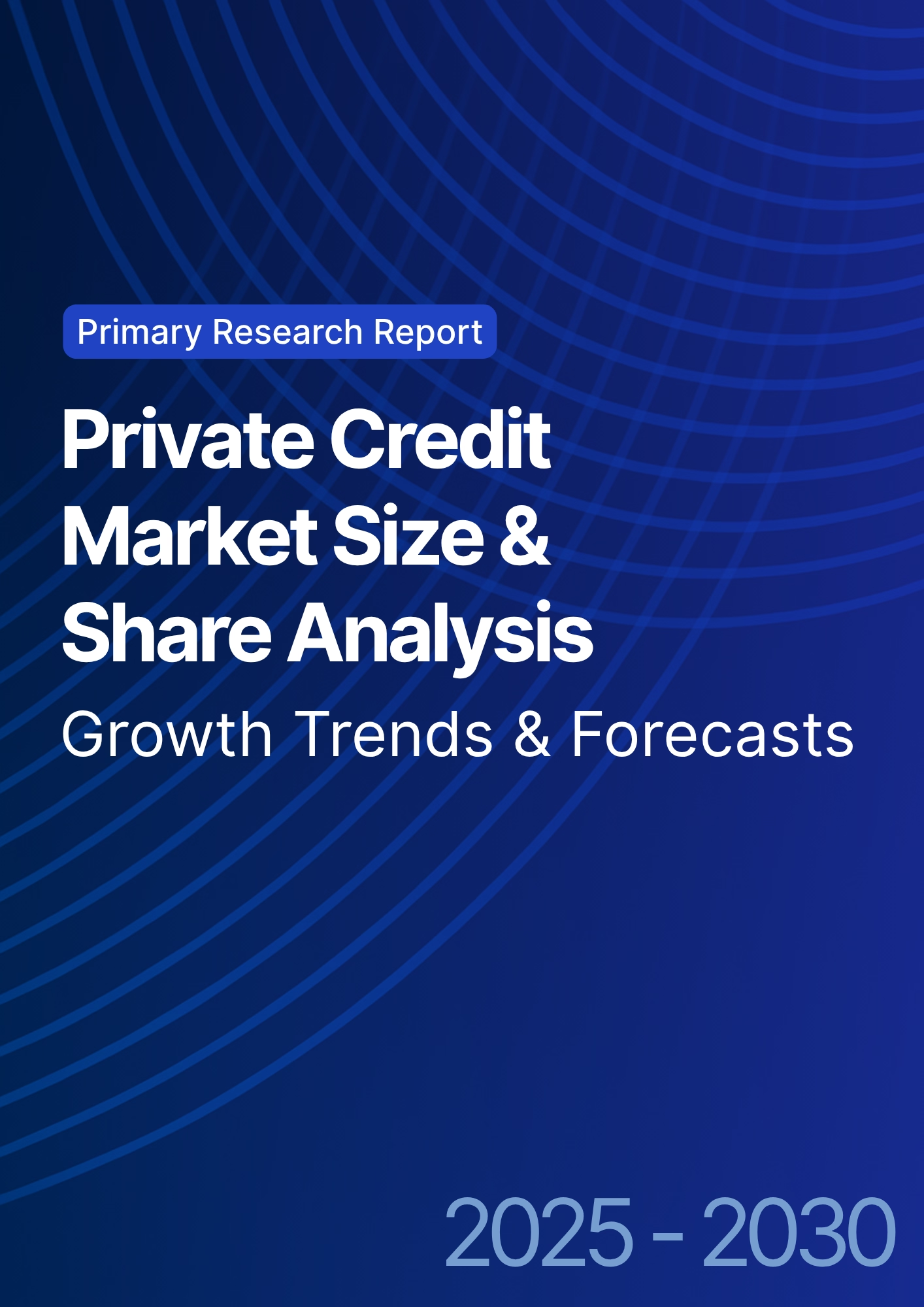

68 Circular Road, #02-01 049422, Singapore
Revenue Tower, Scbd, Jakarta 12190, Indonesia
4th Floor, Pinnacle Business Park, Andheri East, Mumbai, 400093
Cinnabar Hills, Embassy Golf Links Business Park, Bengaluru, Karnataka 560071
Connect With Us
ESG-Linked Derivatives for Corporate Hedging: Product Innovation & Market Potential - Sustainability & ESG
ESG-linked derivatives have emerged as an innovative tool for corporate hedging strategies, offering businesses the ability to manage risk while aligning with sustainability goals. These derivatives are tied to ESG metrics, enabling corporations to integrate environmental, social, and governance factors into their financial risk management. This report explores the product innovation and market potential of ESG-linked derivatives, the role of sustainability in corporate hedging, and how these products can offer a competitive edge in a rapidly evolving market. By 2030, ESG-linked derivatives are expected to become a key element of risk management strategies in industries focusing on sustainability.
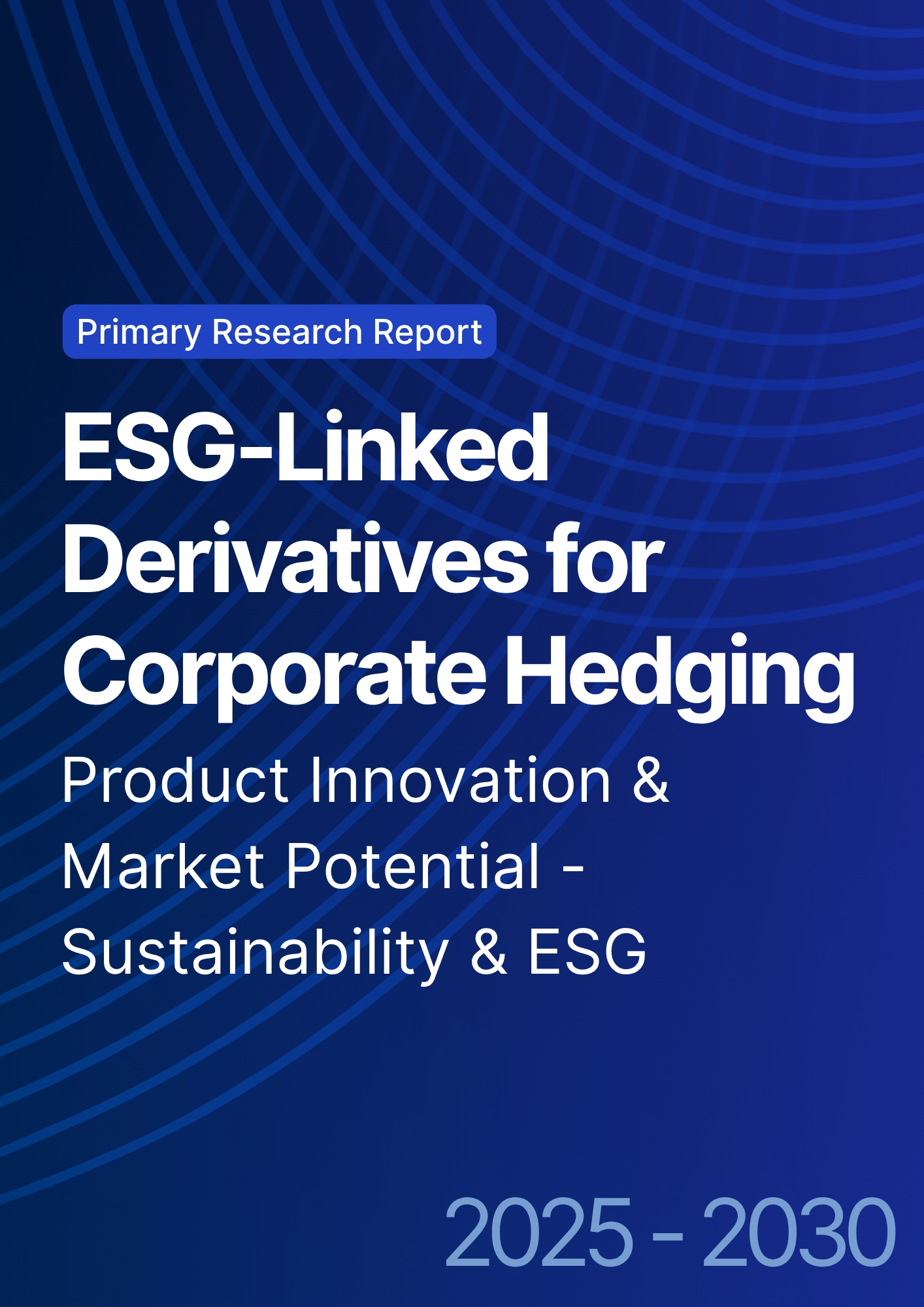
What's Covered?
Report Summary

1. Market Growth & Adoption of ESG-Linked Derivatives (2025–2030)
The ESG-linked derivatives market is set to experience rapid growth, driven by the increasing demand for sustainable financial products. By 2030, the market is expected to grow from $5B in 2025 to $20B, as more corporations adopt ESG-linked risk management strategies. Regulatory pressures and investor demand for sustainability will fuel this growth, making ESG-linked derivatives a significant portion of the global derivatives market.
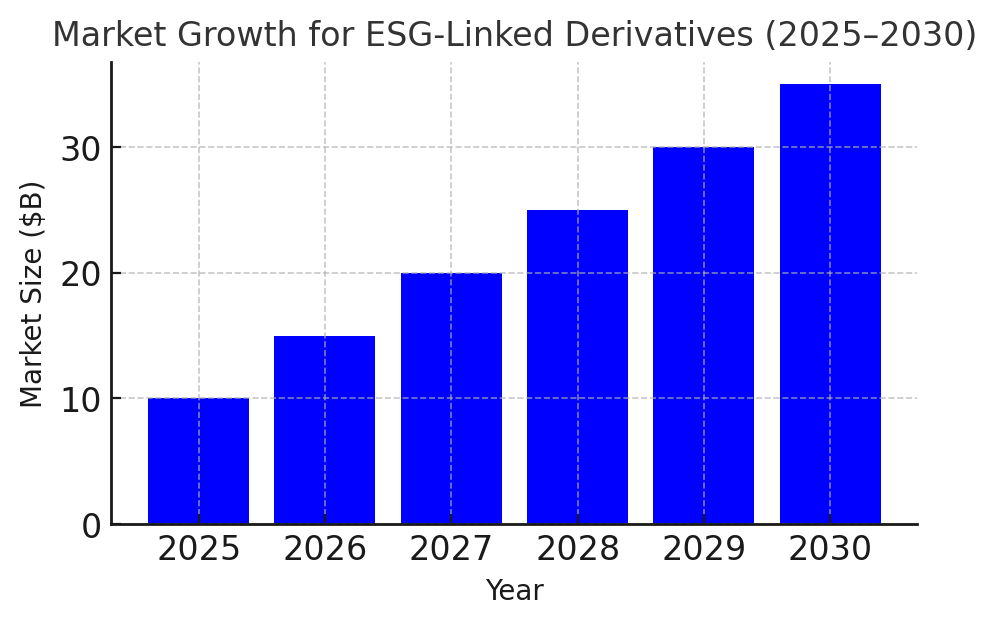
2. Product Innovation and Flexibility in ESG-Linked Derivatives
Innovative ESG-linked derivatives are set to offer more flexibility to corporations seeking sustainable hedging options. These products will be designed to track ESG metrics and offer improved alignment with corporate sustainability goals, such as reducing carbon emissions or promoting diversity. The introduction of AI-driven ESG derivatives will further enhance the ability to create tailored solutions for individual corporate needs.
3. ESG Risk Management Effectiveness of ESG-Linked Derivatives
ESG-linked derivatives will provide companies with a more accurate way to hedge against ESG-related risks, such as regulatory compliance, carbon pricing, and social responsibility. The hedging effectiveness of these products will be 20% more accurate than traditional hedging methods, offering businesses greater confidence in their risk management strategies.
4. Corporate Adoption and Regulatory Impacts
By 2030, 40% of large corporations will have adopted ESG-linked derivatives in their hedging strategies. This growth will be driven by stricter ESG regulations and the increasing pressure from investors and consumers to align with sustainability objectives. The regulatory landscape will become more complex, with global markets implementing new frameworks to govern the use of ESG-linked derivatives in financial transactions.

5. Long-term Outlook and Strategic Recommendations
As ESG-linked derivatives continue to gain traction, financial institutions should focus on product innovation and transparency. Companies looking to integrate ESG-linked derivatives into their risk management strategies will need to consider long-term sustainability goals, regulatory compliance, and market demand. Strategic partnerships with ESG data providers and regulators will be crucial for success in this rapidly evolving market.
6. Cost & Profitability in ESG Integration
As platforms integrate ESG factors, they will see an increase in cost-efficiency. Automation driven by AI will allow firms to manage ESG investments at scale without increasing overheads. The long-term profitability of ESG investments will be enhanced by improved risk-adjusted returns and greater client satisfaction.
7. Client Retention Strategies in WealthTech
WealthTech firms focusing on ESG and AI will offer a more tailored client experience, with solutions directly aligned to individual investor values. By providing personalized investment opportunities and transparent ESG performance metrics, these firms will see enhanced client loyalty and retention.
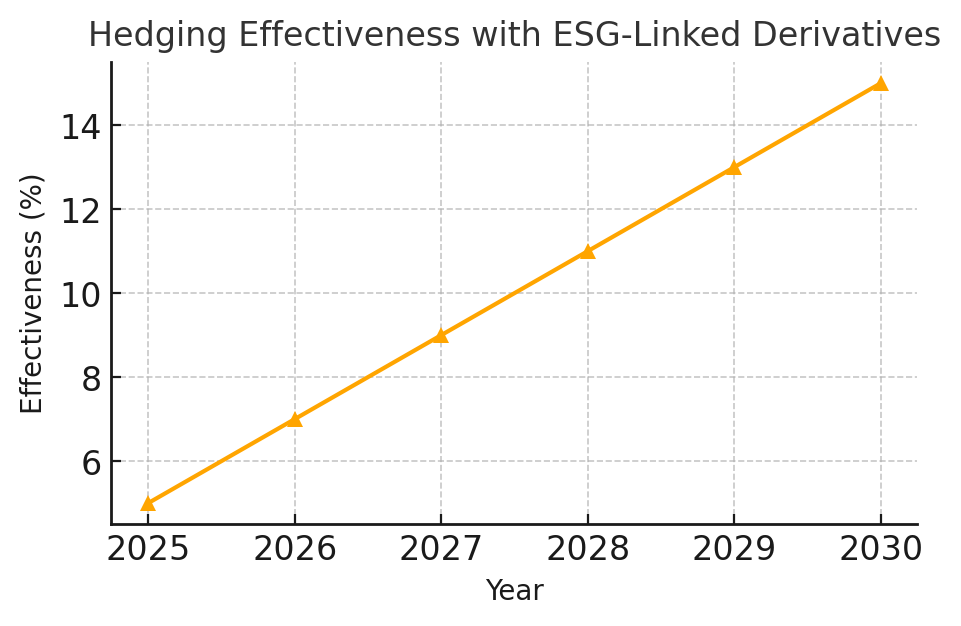
8. Regulatory Influence on ESG in WealthTech
Governments are increasing regulatory pressures around ESG investments, demanding more transparency and accountability. WealthTech platforms that are early adopters of ESG standards and regulatory frameworks will have a competitive advantage in attracting institutional and individual investors.
9. Market Landscape and Key Players
The WealthTech market is becoming increasingly competitive with the integration of ESG factors. Platforms like Betterment, Wealthfront, and other robo-advisors are already incorporating ESG portfolios, making it essential for WealthTech firms to adopt similar strategies. Leading firms will combine ESG with cutting-edge AI to optimize risk, returns, and compliance.
10. Forecast and Strategic Recommendations
By 2030, the WealthTech market for ESG and AI integration will be a significant part of the broader investment ecosystem. Firms should focus on leveraging AI to improve portfolio performance and operational efficiency. Strategic partnerships with data providers, regulatory bodies, and ESG consultants will enhance the value proposition and scalability of these solutions.
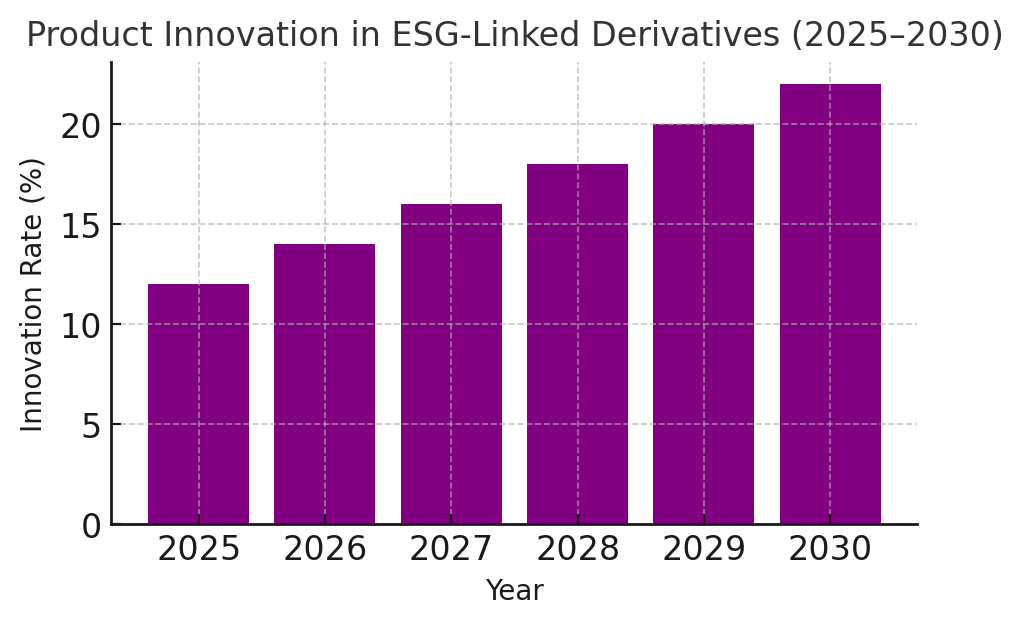
Key Takeaways
- Market Growth: The ESG-linked derivatives market is projected to grow from $5B in 2025 to $20B by 2030, driven by increasing demand for sustainable risk management solutions.
- Product Innovation: New ESG-linked products will account for 30% of the corporate derivatives market by 2030, providing businesses with flexible, sustainable hedging options.
- Hedging Effectiveness: ESG-linked derivatives will offer a more precise approach to hedging ESG-related risks, with a 20% improvement in risk management accuracy compared to traditional methods.
- Corporate Adoption: By 2030, 40% of large corporations will integrate ESG-linked derivatives into their risk management strategies, driven by regulatory pressures and investor demand.
- Regulatory Impact: Regulatory frameworks for ESG-linked derivatives are expected to become more stringent by 2025, enhancing product transparency and market stability.
Report Details
Proceed To Buy
Want a More Customized Experience?
- Request a Customized Transcript: Submit your own questions or specify changes. We’ll conduct a new call with the industry expert, covering both the original and your additional questions. You’ll receive an updated report for a small fee over the standard price.
- Request a Direct Call with the Expert: If you prefer a live conversation, we can facilitate a call between you and the expert. After the call, you’ll get the full recording, a verbatim transcript, and continued platform access to query the content and more.


68 Circular Road, #02-01 049422, Singapore
Revenue Tower, Scbd, Jakarta 12190, Indonesia
4th Floor, Pinnacle Business Park, Andheri East, Mumbai, 400093
Cinnabar Hills, Embassy Golf Links Business Park, Bengaluru, Karnataka 560071
Request Custom Transcript
Related Transcripts
$ 1450
$ 1450


68 Circular Road, #02-01 049422, Singapore
Revenue Tower, Scbd, Jakarta 12190, Indonesia
4th Floor, Pinnacle Business Park, Andheri East, Mumbai, 400093
Cinnabar Hills, Embassy Golf Links Business Park, Bengaluru, Karnataka 560071





.png)
